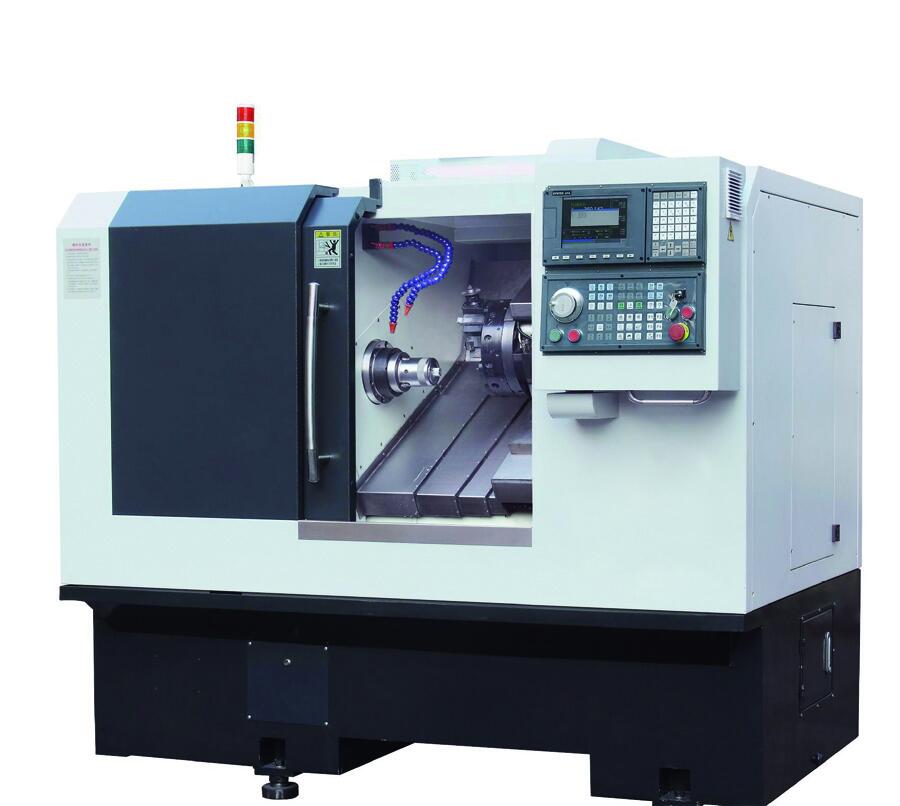BETTER TOUCH BETTER BUSINESS
Contact Sales at Lori.
The differences are mainly in function, operation, and part and tool movement. Milling machines create flat or curved surfaces, while lathes create symmetrical
components and parts.
1. Functional differences
The milling machine can handle simple tasks such as grooving, as well as complex drilling tasks such as contour machining and mold opening. Moreover, it is not limited to cylindrical objects. The machine can make complex and precise parts.
Lathes, on the other hand, are specialized for machining cylindrical shapes through cutting, lathe knurling and drilling. This specialization can yield better results for parts with circular symmetry, such as shafts and spindles.
2. Differences in processing operations
A lathe removes material by rotating the part relative to a fixed cutting tool. This dynamic effectively shapes the part into the desired cylindrical shape. The design of this lathe focuses on achieving high precision and smooth surface treatment on round objects.
In contrast, the rotation of the cutting tool of a CNC milling machine is combined with the controlled feed of the part to remove material from the part. It can use tools such as end mills and face mills for cutting from simple straight lines to complex geometries.
3. Parts' movement difference
The milling machine moves the part flexibly. They are satisfied with both the static and vertical motion of the part. As a result, you can easily adjust the cutting depth and machined surface level.
In contrast, a lathe involves rotating the part around its axis and feeding the part in it. Do you know why this rotation is important? It allows uniform machining over the entire circumference of the part.
4. Difference in tool movement
In milling, the tool movement is either horizontal or vertical. As a result, the tool can precisely cut the part from all angles. This tool positioning helps to create complex shapes and features on the part.
On the other hand, lathes have linear path tool motion. The movement is parallel or perpendicular to the axis of the part.
Table: Milling and Turning Machining
Aspect | Milling | Turning |
Function | Suitable for flat or curved surface | Shaping cylindrical objects |
Machining operation | The cutting tool rotates and the part feed to remove the material | The parts rotates while the cutting tool fixed |
The movement of parts | Still or vertically moving | Rotates around its axis |
The movement of tools | Horizontally or vertically moving | In a linear path |

Which costs more?
Usually, if we look at the surface, the cost of a lathe is higher than that of a milling machine versus a milling machine lathe. However, small lathes may be cheaper than milling machines. In other cases, the cost depends on scale and technology.
For example, manual lathes are cheaper than advanced CNC lathes. Also, large lathes are more expensive than small lathes. Therefore, costs vary depending on the capabilities of the lathe and milling machine, the technology involved, and the size of the part that can be handled.
Table: Cost differences between milling and turning
Types | Is the milling cost effective? | Is the turning cost effective? |
Small lathe | ✓ | |
Medium lathe | ✓ | |
Large lathe | ✓ | |
Manual lathe | ✓ | |
CNC lathe | ✓ |

Copyright © 2025 Shenzhen Lori Technology Co.Ltd. | All Rights Reserved.